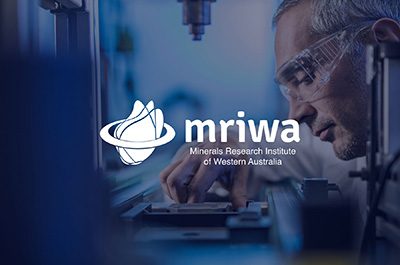Green Steel Value Chain Model Demonstration Upgrade
Project Overview
Project Number
Program Area
Project Theme
Project Period
The Challenge
Western Australia accounts for 38% of the global supply of iron ore and is the leading Australian state in iron ore production – 934 million tonnes (mt) in 2022 – according to the Australian Government’s Office of the Chief Economist. Brazil, our major competitor, accounted for only 17% of the global supply.
The iron ore industry is the State’s largest and most important industry, providing direct and indirect economic and social contributions which are greater than any other industry to the State. It’s contribution is also significant to the national economy.
It is for this reason we must understand the future market dynamics of the steel industry to ensure forward planning and how to ensure the longevity of the iron ore industry in Western Australia.
Key Findings
A value chain model has been constructed to analyse opportunities and key obstacles to a formation of a Western Australian green steel industry. Its main goal is to understand the capital requirements, costs and emissions for expanding beyond the business as usual iron ore mining and switching from fossil fuels to renewable energy sources.
The model created for the analysis in the Western Australia’s Green Steel Opportunity Report maps the value chain of steel production in ten distinct blocks representing separate stages of the production process.

Using the model, comparisons can be drawn between fossil fuels-driven processes and existing whole-value chain costs and emissions for steel.
Proposed Benefits to WA
Technologies are emerging which can, and will, begin to reduce the energy and emissions intensity of steelmaking. Overtime there will be multiple pathways to achieve net zero emissions steelmaking.
By illustrating the cost in Western Australia of different green steel scenarios.
Key words: Green Steel, Iron Ore, Mining
Similar Projects
Page was last reviewed 23 July 2024

